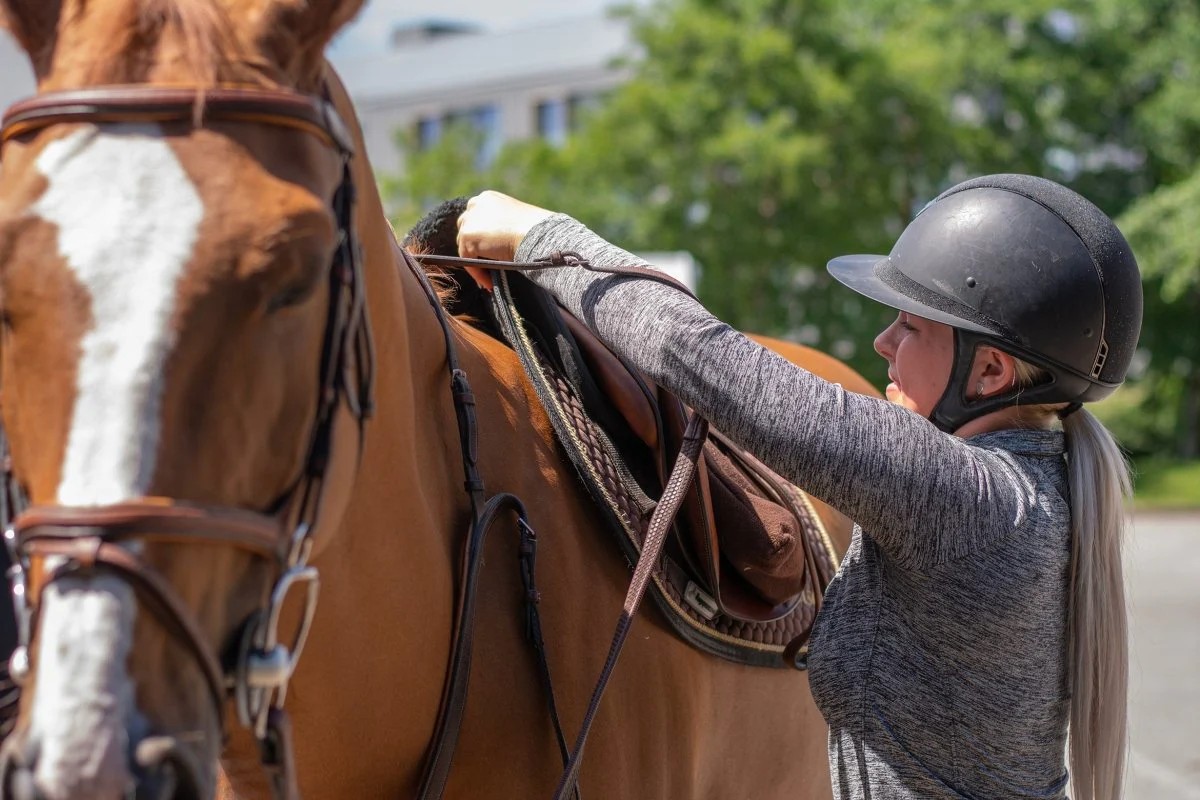When it comes to the world of equestrian sports and horseback riding, one of the most crucial elements that often goes overlooked is the saddle pad. These seemingly unassuming pieces of equipment play a significant role in ensuring the comfort and well-being of both the horse and the rider. In this article, we will delve into the importance of saddle pads and how choosing the right one can truly make all the difference in your riding experience.
The Foundation of Comfort
A saddle pad may appear to be a simple cushioning accessory, but it serves as the foundation of comfort for both the horse and the rider. Let’s take a closer look at why saddle pads are indispensable:
1. Pressure Distribution
Saddle pads are designed to distribute the rider’s weight evenly across the horse’s back. This crucial function helps prevent pressure points and discomfort for the horse. Without a suitable saddle pad, excessive pressure can lead to soreness and even long-term injuries for your equine partner.
2. Impact Absorption
During riding, the horse’s back is subject to constant impact, especially in activities like jumping or dressage. A well-chosen saddle pad provides excellent shock absorption, reducing the strain on the horse’s spine and muscles. This not only enhances the horse’s performance but also ensures its long-term health.
3. Moisture Management
Horses can sweat during physical activity, and this moisture can lead to chafing and discomfort if not managed properly. High-quality saddle pads are often made from moisture-wicking materials that keep the horse’s back dry and comfortable, even during intense workouts.
The Right Saddle Pad for Your Needs
Now that we understand the critical role of saddle pads, let’s explore how to choose the right one for your specific needs:
1. Material Matters
Saddle pads come in various materials, including fleece, gel, neoprene, and wool. Each material has its unique properties, and the choice depends on factors like your riding style, climate, and personal preference. For instance, fleece saddle pads are excellent for providing cushioning and breathability, while gel pads offer superior shock absorption.
2. Size and Fit
Just like saddles, saddle pads come in different sizes and shapes. It’s crucial to select a pad that matches the dimensions of your saddle and fits your horses back comfortably. An ill-fitting saddle pad can cause discomfort and hinder your riding experience.
3. Specialized Pads
There are specialized saddle pads designed for specific riding disciplines. Dressage saddle pads, for example, are contoured to accommodate the unique demands of dressage riding, while jumping saddle pads offer extra protection during jumps. Consider your riding style when choosing a saddle pad.
Maintaining Your Saddle Pad
To ensure your saddle pad continues to provide optimal comfort and support, it’s essential to maintain it properly:
1. Regular Cleaning
Saddle pads can accumulate dirt, sweat, and debris over time. Regularly clean your pad to prevent these particles from causing discomfort or skin irritations for your horse. Follow the manufacturer’s care instructions for best results.
2. Proper Storage
Store your saddle pad in a cool, dry place to prevent mould or mildew growth. Ensure it’s well-ventilated to maintain its freshness and durability.
3. Check for Wear and Tear
Inspect your saddle pad for signs of wear and tear. Replace it if you notice any damage, as a damaged pad can compromise both your comfort and your horse’s well-being.
In Conclusion
In the world of equestrian sports and horseback riding, the right saddle pad can indeed make all the difference. From distributing pressure and absorbing impact to managing moisture, these seemingly simple accessories play a crucial role in ensuring the comfort and health of your horse. By selecting the right saddle pad and maintaining it properly, you can enhance your riding experience and promote the well-being of your equine companion.






